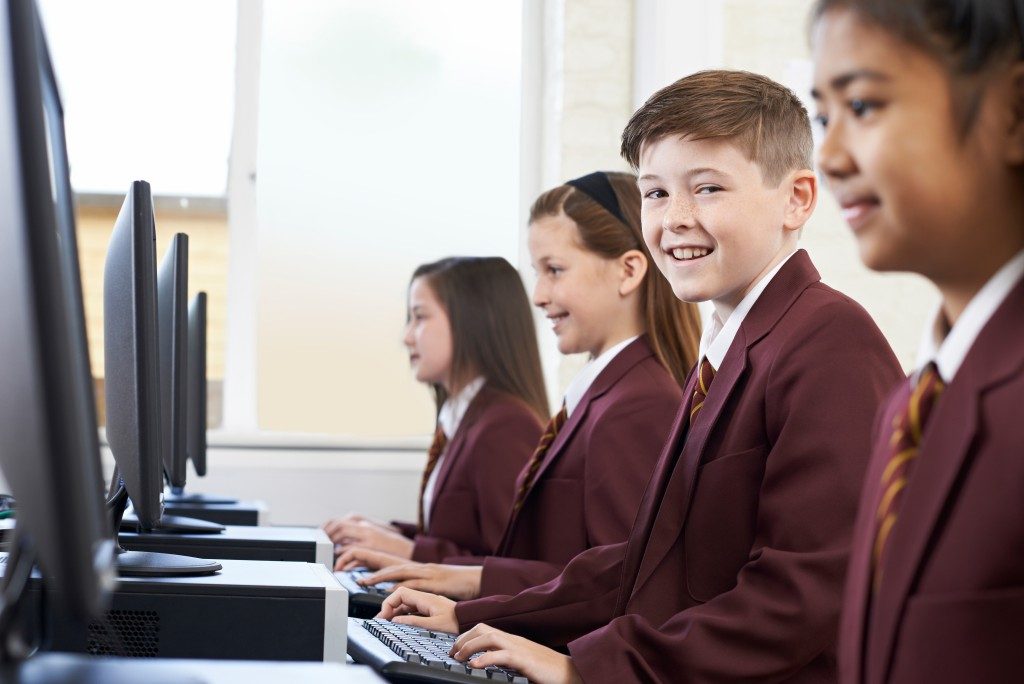An effective school provides a physical environment that is comfortable, safe, secure, accessible and aesthetically pleasing to all the stakeholders involved. A school’s facilities contribute to the effectiveness and efficiency of the school’s environment. They include not only of the physical structure of the building but also the furnishings, equipment and supplies, and the utilization of the school grounds.
When considering what facilities to prioritise, governors and the head of school know that the facilities should offer flexibility to adapt to the ever-changing educational programmes being delivered.
While different schools have different priorities, here are some basic facilities to improve the quality of learning and provide a great overall student experience.
-
Science and computer laboratories
The development and advancements we experience today are thanks to technology and science. From understanding the fundamentals of physics, chemistry and biology to maintaining an understanding of rapidly changing information technology, school laboratories provide a safe and supportive environment that encourages inquisitive students to experiment.
-
Library
A school library provides students with access to knowledge to help their studies, providing a quiet space to absorb information and formulate answers. With a multitude of books, magazines and periodicals, a library is a place where students and teachers can widen their horizon of learning and creative thinking. The library provides somewhere for research, writing assignments or just reading for pleasure.
-
Infirmary
A school needs adequate medical facilities, depending on its size, and a doctor-on-call or school nurse. The facility not only treats sick or injured staff and students, but also monitors and provides information about possible public health issues that may affect the school.
-
Cafeteria
 Although pack lunches are popular, many parents give allowances to their children to buy meals and snacks at school. With growing concerns of child obesity and other diet related problems, a school cafeteria provides a vital service. Having a cafeteria inside the premises allows the school to provide healthy food options, reduce the quantity of unhealthy snacks and junk food and providing a cheap, and sometimes subsidized, option for students who do not eat well at home.
Although pack lunches are popular, many parents give allowances to their children to buy meals and snacks at school. With growing concerns of child obesity and other diet related problems, a school cafeteria provides a vital service. Having a cafeteria inside the premises allows the school to provide healthy food options, reduce the quantity of unhealthy snacks and junk food and providing a cheap, and sometimes subsidized, option for students who do not eat well at home. -
Playground and gymnasium
For children, a playground is not only a place of fun and relaxation, but it is also a place of fitness. Playing allows them to strengthen relationships with their friends and interact with new students. A well-equipped gym encourages fitness, improves the strength and stamina for sport and improves the physical education curriculum.
-
Waiting sheds
This school facility provides shelter for outdoor activities, whether for lessons or for drop off and pick up at school. To promote fitness and an alternative to cars, some schools provide bike shelters to motivate students and teachers to bike to school.
School facilities are an important component to boost the learning environment. They also contribute to the sense of belonging, safety and security of the students, teachers and community members. The location, size and background of the students attending the school all affect performance; the schools facilities need to be adaptable enough to allow the best education possible.

